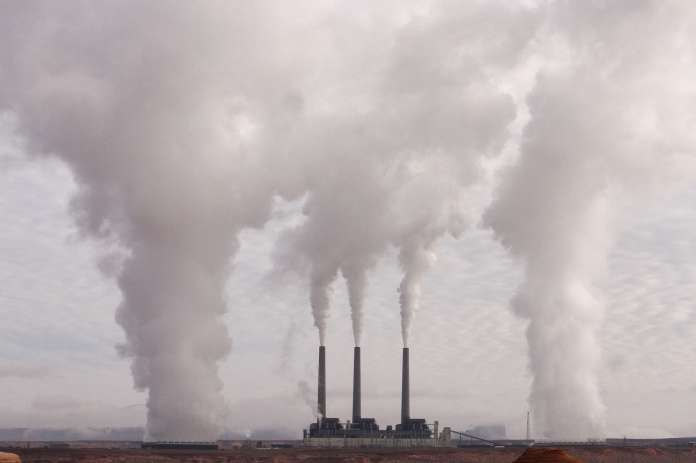Global energy-related carbon dioxide emissions rose by under 1 per cent in 2022 – less than initially feared – as the growth of solar, wind, EVs, heat pumps and energy efficiency helped limit the impacts of increased use of coal and oil amid the global energy crisis, according to new International Energy Agency (IEA) analysis published today.
Although the rise in emissions last year was far smaller than the exceptional jump of over 6 per cent in 2021, emissions still remain on an unsustainable growth trajectory, calling for stronger actions to accelerate the clean energy transition and move the world onto a path towards meeting its energy and climate goals.
According to the report, the first in a new series in the lead-up to the COP28 Climate Change Conference in November, global energy-related CO2 emissions grew in 2022 by 0.9 per cent, or 321 million tonnes, reaching a new high of more than 36.8 billion tonnes. The rise in emissions was significantly slower than global economic growth of 3.2 per cent, signalling a return to a decade-long trend that was interrupted in 2021 by the rapid and emissions-intensive economic rebound from the Covid crisis. Extreme weather events including droughts and heatwaves, as well as an unusually large number of nuclear power plants being offline, contributed to the rise in emissions. But an additional 550 million tonnes of emissions were avoided by increased deployment of clean energy technologies.
“The impacts of the energy crisis didn’t result in the major increase in global emissions that was initially feared – and this is thanks to the outstanding growth of renewables, EVs, heat pumps and energy-efficient technologies. Without clean energy, the growth in CO2 emissions would have been nearly three times as high,” said IEA Executive Director Fatih Birol. “However, we still see emissions growing from fossil fuels, hindering efforts to meet the world’s climate targets. International and national fossil fuel companies are making record revenues and need to take their share of responsibility, in line with their public pledges to meet climate goals. It’s critical that they review their strategies to make sure they’re aligned with meaningful emissions reductions.”
In particular, CO2 emissions from coal grew by 1.6 per cent as the global energy crisis continued to spur a wave of gas-to-coal switching in Asia and to a lesser degree in Europe. CO2 emissions from oil grew even more than those from coal, increasing by 2.5 per cent but still remaining below pre-pandemic levels. Around half of the year-on-year increase in oil’s emissions came from aviation as air travel continued to rebound from pandemic lows.



